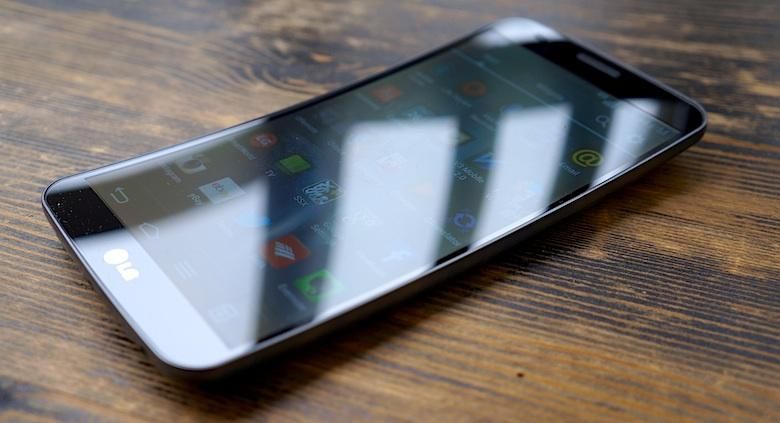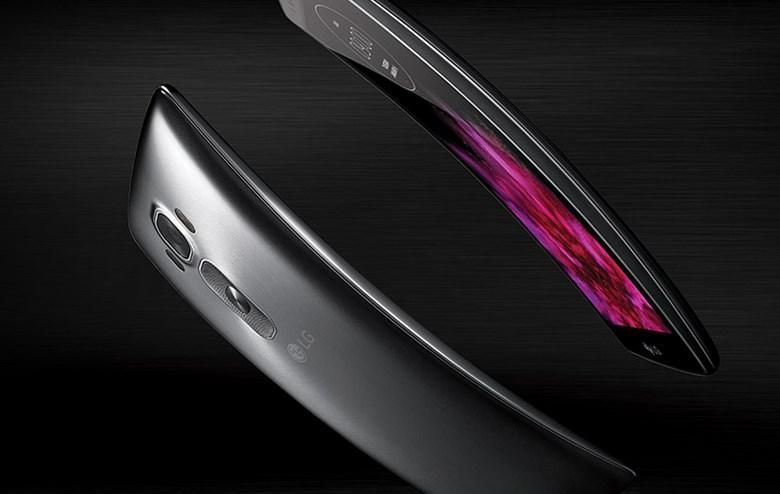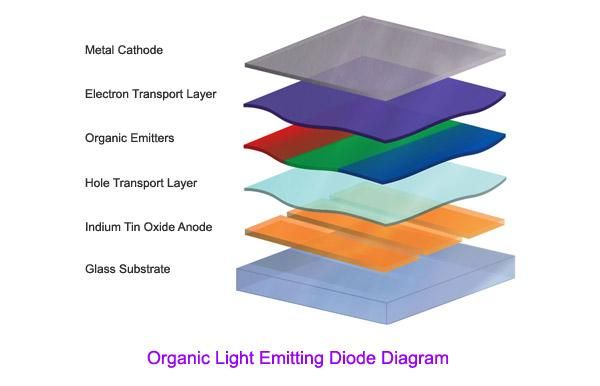LG makes some fantastic hardware. The Nexus 4 was a tremendous device (despite having a glass back). The G Watch was my first watch powered by Android Wear, and the first wearable worthy of handing my Pebble (Kickstarter Edition) down to my daughter. I even own a pair of Bluetooth headphones with LG’s brand slathered all over them, and the Nexus 4 wireless charging “orb” is stilling on my desk as I write this article.
Yes, LG truly does make some amazing products. Some of my favorites include flexible handsets and self-healing skins. Who else can even compete with those? Now that we’re drawing closer to the release of the latest in LG’s lineup – the G4 – one has to wonder if we’ll finally see some flexibility and self-healing come to a mainstream flagship, rather than pigeonholed into a “speciality” device as we’ve seen in the past.
Samsung recently announced it’s newest flagship, the Galaxy S6 – and along with it, the Galaxy S6 Edge. The two devices are identical in virtually every aspect – the only notable difference is the screen: the Edge has two curved edges, the other version is flat. Here, Samsung was faced with a challenge: push the curved screen on everyone, potentially losing those who don’t like the feature; or offer two versions of essentially the same phone. Samsung opted for the latter.
Now LG is faced with a similar decision…
To curve, or not to curve
Unlike Samsung, LG’s curves are not on the edges and don’t curve away from the user, instead they’re gentle, graceful, and facing the user. The curvature of screen seemingly hugs the contours of the human form. What’s more, LG’s curved screen isn’t as “gimmicky” as Samsung’s, it seems much more natural, almost welcoming.
Why wouldn’t LG take the chance with its latest flagship and double-down on its curved screen and self-healing “magic”?
On the surface, I can’t see an end-user reason why not. The curve is so subtle and has so many advantages that I don’t think customers would be put off by the inclusion of the curve. It would be a major selling point, and if anyone felt disinclined, a good salesperson could easily highlight the self-healing features as offsetting the “uniqueness” of the curved screen and body.
Then there’s the parts…
Unfortunately, there are some practical limitations. It’s not just the screen that’s curved, it’s the whole device – and flexible. Since the construction techniques to build and assemble such a product are significantly newer than the tried-and-true methods encapsulated in the fabrication of a traditional device, increased time and costs will undoubtedly be a factor.
The tech that enables the flexible, curved screen of LG’s phones is “flexible plastic organic light emitting diode” (POLED, for short), and it’s not easy to make. Again, this comes down to newness more than anything. All new technologies take time to ramp up and for economies of scale to kick in and bring the costs down. POLED isn’t particularly easy to come by, which could represent delays that would hamper the launch and release of a mainstream flagship, rather than a “novelty” version of the same.
Nonetheless, if LG could overcome the assembly line problems and POLED shortages, I think it would be a wise decision to go with “flexible and curved” in the next version of LG’s flagship: the LG G4. But that’s just me.
Your turn
Now that you’ve heard my thoughts, reasons why going curved in the LG G4 would be a good idea, and some technical hurdles that could prevent LG from doing so, I want to hear your ideas. Would you buy a curved LG G4 rather than a flat one? Why or why not? Head down to the comments and sound off!



